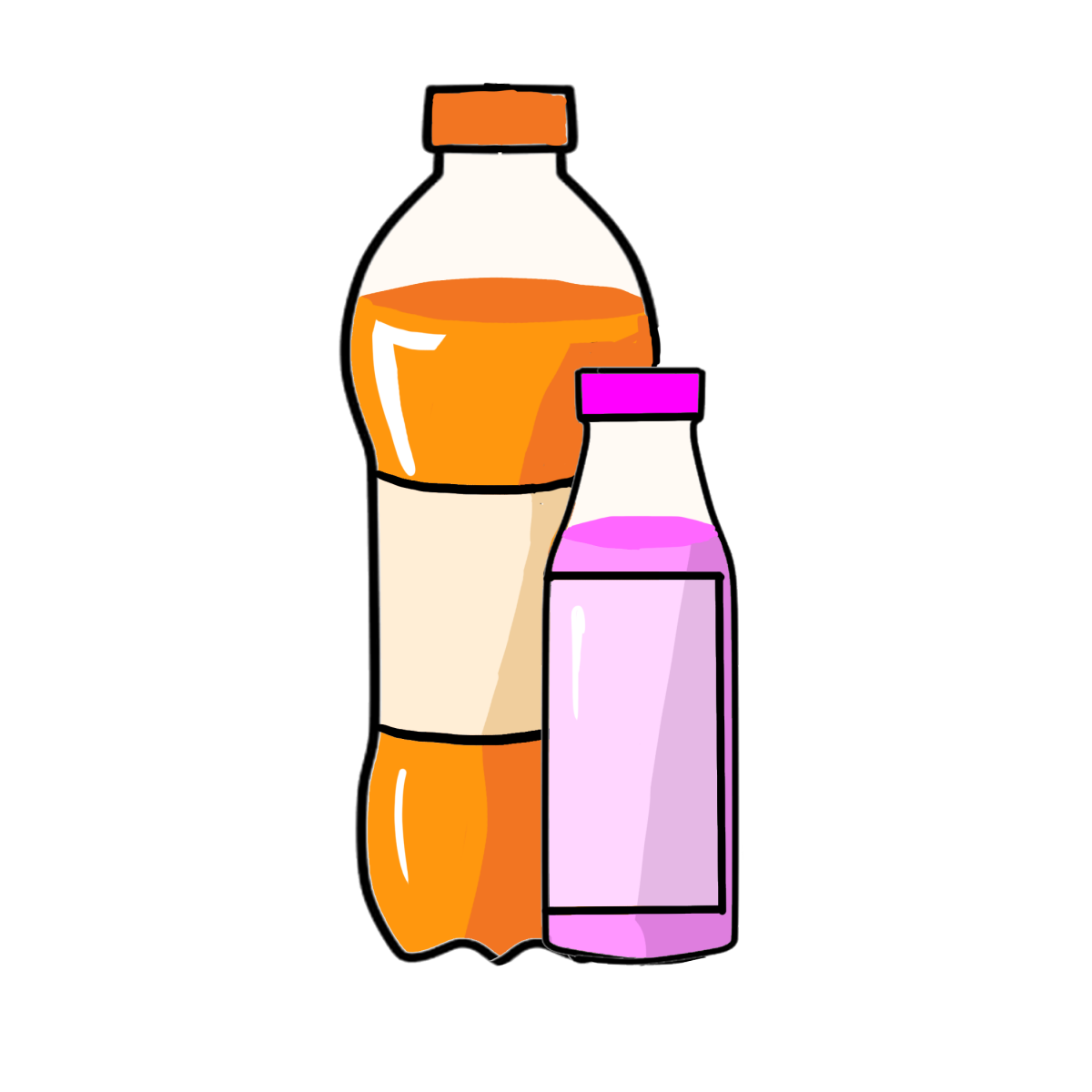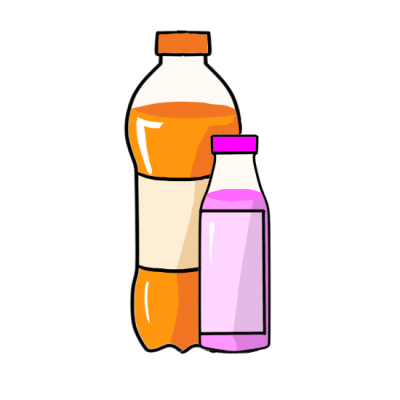13 Ways That Sugary Soda Is Bad for Your Health
When consumed in excess, added sugar can adversely affect your health.
However, some sources of sugar are worse than others — and sugary drinks are by far the worst.
This primarily applies to sugary soda but also to fruit juices, highly sweetened coffees, and other sources of liquid sugar.
Here are 13 reasons that sugary soda is bad for your health.

The most common form of added sugar — sucrose or table sugar — supplies large amounts of the simple sugar fructose.
Fructose does not lower the hunger hormone ghrelin or stimulate fullness in the same way as glucose, the sugar that forms when you digest starchy foods (1, 2).
Thus, when you consume liquid sugar, you usually add it on top of your total calorie intake — because sugary drinks don’t make you feel full (3, 4, 5).
In one study, people who drank sugary soda in addition to their current diet consumed 17% more calories than before (6).
Not surprisingly, studies show that people who drink sugar-sweetened beverages consistently gain more weight than people who don't (7, 8, 9).
In one study in children, each daily serving of sugar-sweetened beverages was linked to a 60% increased risk of obesity (10).
In fact, sugary drinks are among the most fattening aspects of the modern diet.
SUMMARY - You tend to consume more total calories if you drink soda, as liquid sugar doesn’t make you feel full. Sugar-sweetened beverages are associated with weight gain.
Table sugar (sucrose) and high-fructose corn syrup are composed of two molecules — glucose and fructose — in roughly equal amounts.
Glucose can be metabolized by every cell in your body, whereas fructose can only be metabolized by one organ — your liver (11).
Sugary drinks are the easiest and most common way to consume excessive amounts of fructose.
When you consume too much, your liver becomes overloaded and turns the fructose into fat (12).
Some of the fat gets shipped out as blood triglycerides, while part of it remains in your liver. Over time, this can contribute to nonalcoholic fatty liver disease (13, 14).
SUMMARY - Sucrose and high-fructose corn syrup are about 50% fructose, which can only be metabolized by your liver. Excessive amounts may contribute to nonalcoholic fatty liver disease.
High sugar intake is associated with weight gain.
In particular, fructose is linked to a significant increase in the dangerous fat around your belly and organs. This is known as visceral fat or belly fat (15).
Excessive belly fat is tied to an increased risk of type 2 diabetes and heart disease (16, 17).
In one 10-week study, 32 healthy people consumed beverages sweetened with either fructose or glucose (18).
Those who consumed glucose had an increase in skin fat — which is not linked to metabolic disease — while those who consumed fructose saw their belly fat significantly increase.
SUMMARY - High consumption of fructose makes you accumulate belly fat, a dangerous type of fat linked to metabolic disease.
The hormone insulin drives glucose from your bloodstream into your cells.
But when you drink sugary soda, your cells may become less sensitive or resistant to the effects of insulin.
When this happens, your pancreas must make even more insulin to remove the glucose from your bloodstream — so insulin levels in your blood spike.
This condition is known as insulin resistance.
Insulin resistance is arguably the main driver behind metabolic syndrome — a stepping stone towards type 2 diabetes and heart disease (19).
Animal studies demonstrate that excess fructose causes insulin resistance and chronically elevated insulin levels (20, 21, 22).
One study in healthy, young men found that moderate intake of fructose increased insulin resistance in the liver (23).
SUMMARY - Excess fructose intake may lead to insulin resistance, the main abnormality in metabolic syndrome.
Type 2 diabetes is a common disease, affecting millions of people worldwide.
It is characterized by elevated blood sugar due to insulin resistance or deficiency.
Since excessive fructose intake may lead to insulin resistance, it is unsurprising that numerous studies link soda consumption to type 2 diabetes.
In fact, drinking as little as one can of sugary soda per day has been consistently linked to an increased risk of type 2 diabetes (24, 25, 26, 27).
A recent study, which looked at sugar consumption and diabetes in 175 countries, showed that for every 150 calories of sugar per day — about 1 can of soda — the risk of type 2 diabetes increased by 1.1% (28).
To put that in perspective, if the entire population of the United States added one can of soda to their daily diet, 3.6 million more people might get type 2 diabetes.
SUMMARY - A large body of evidence links added sugar consumption — particularly from sugar-sweetened beverages — to type 2 diabetes.





















